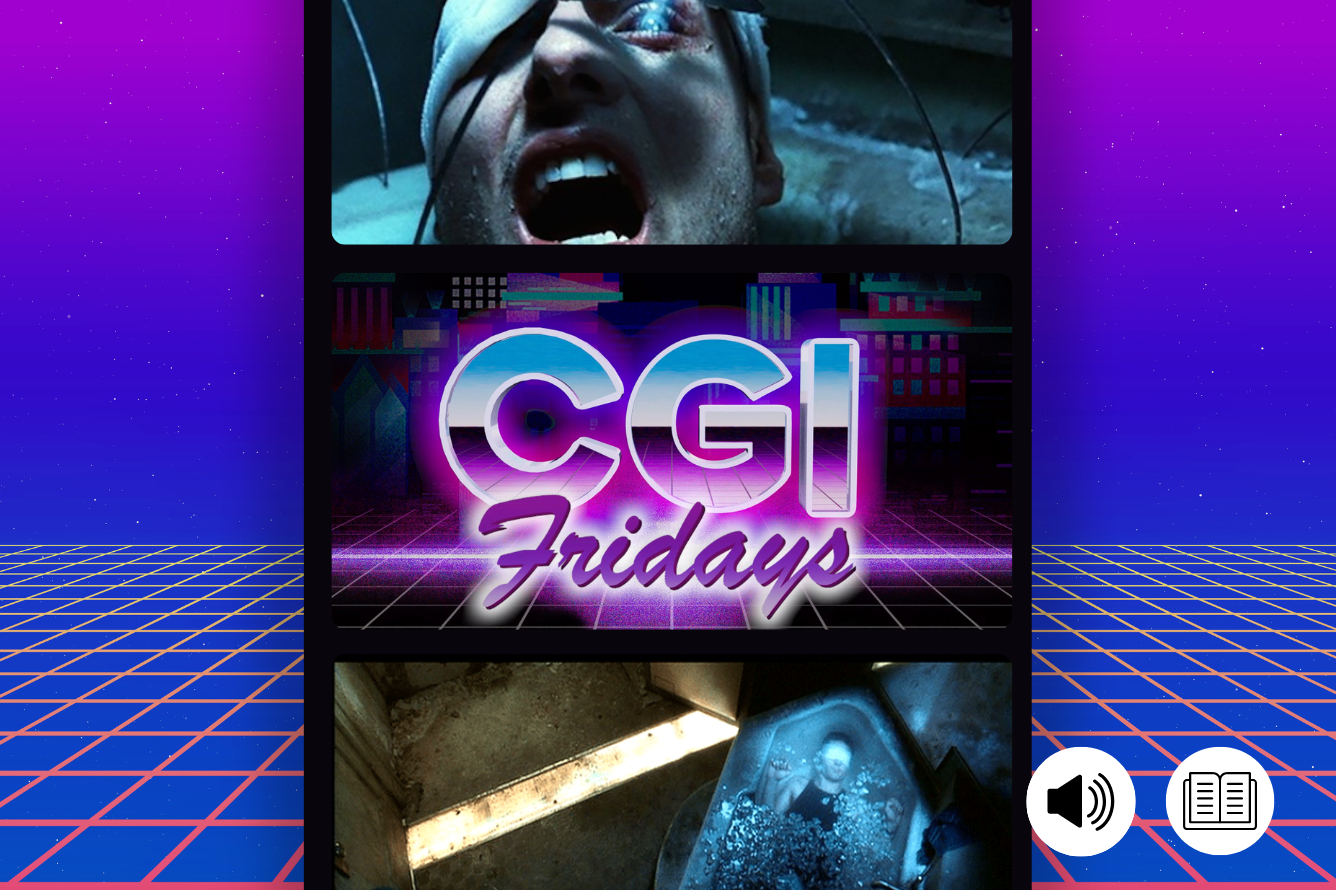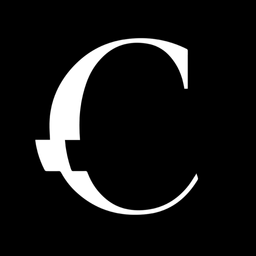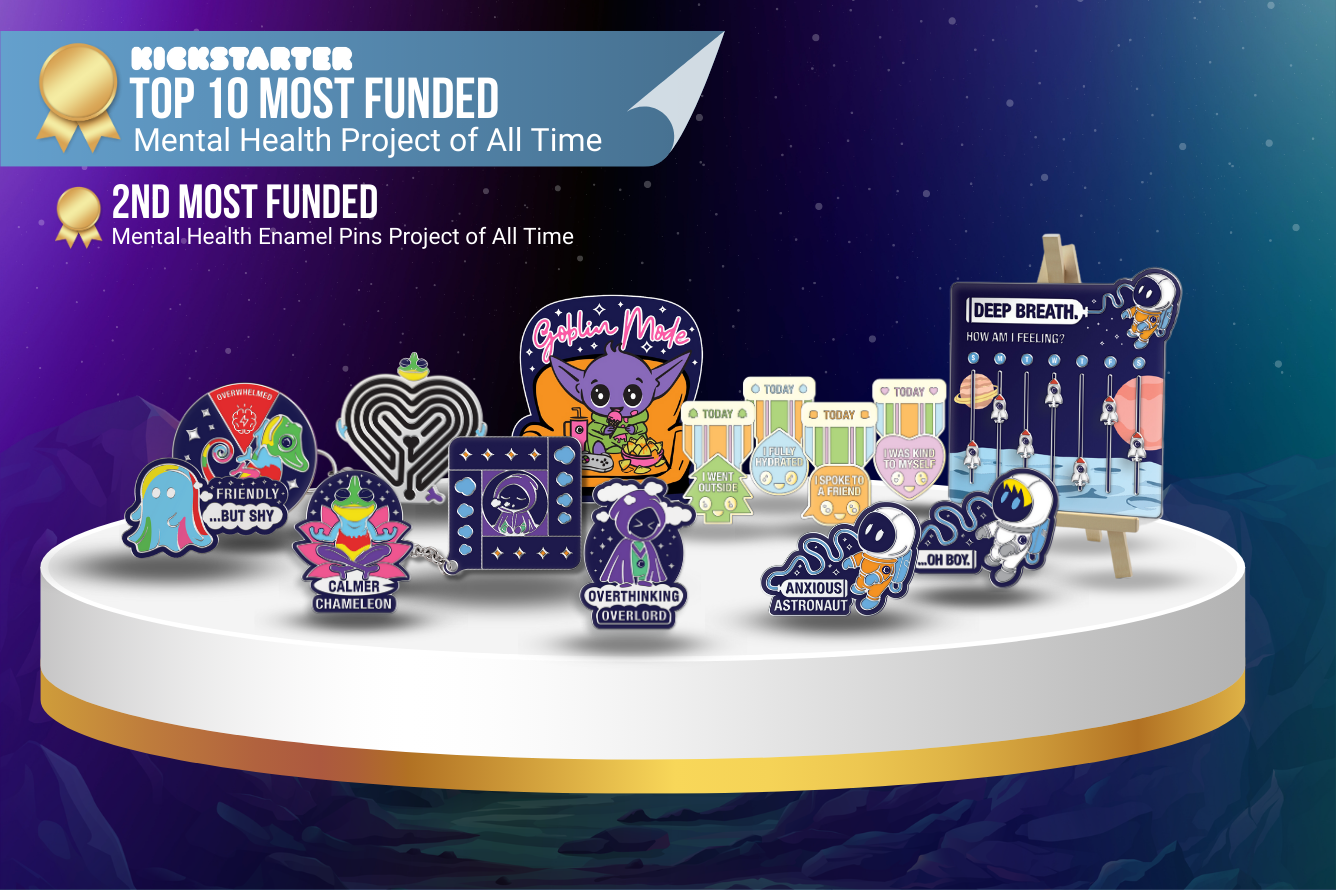The first generation to have been inspired by big-screen CGI, Henry LaBounta was working on commercials for Crawford Digital Effects in Atlanta when Robert Patrick’s liquid metal T-1000 in Terminator 2: Judgment Day (1991) literally changed his life.
“I was super inspired,” he tells Ed Kramer in the latest episode of CGI Fridays, which is available here on the page or via your podcast platform of choice. “You know, back then you would mail a VHS tape to studios. I sent out my info to Rhythm & Hues in LA, to PDI and the Bay Area, and to Industrial Light & Magic. Think it was just those three, and I got job offers from all three of them. So I was like, ‘Oh, wow, okay, well, I guess this is serious. I gotta think about moving.’ And ILM had been doing some really cool stuff. They were just gonna shoot Jurassic Park, for God’s sake. I was like, I gotta get in on that dinosaur action.
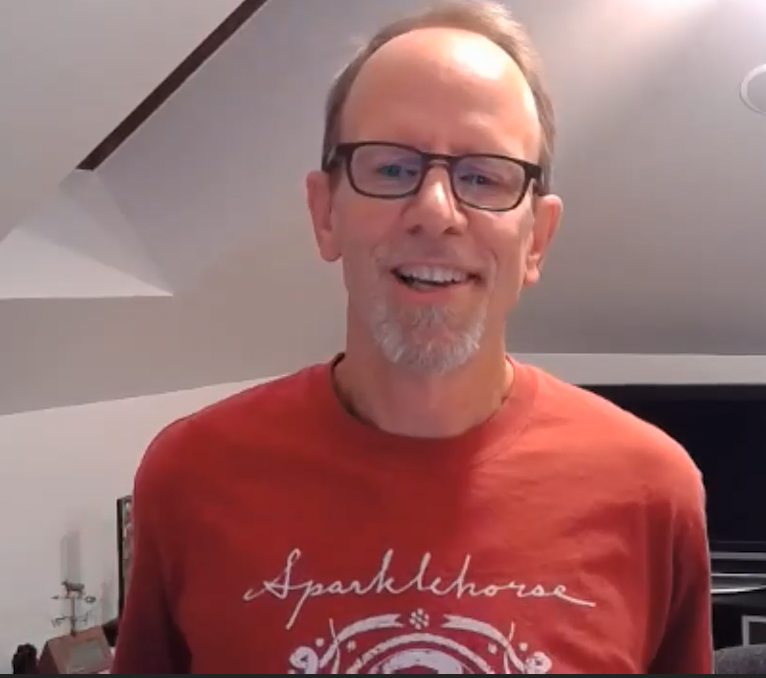
LaBounta’s resume hit the right desks at the right time. Though the CG age was dawning, optical effects – miniatures, mattes, and models – were still king, and the expectation was that Jurassic Park would be filmed much the same way.
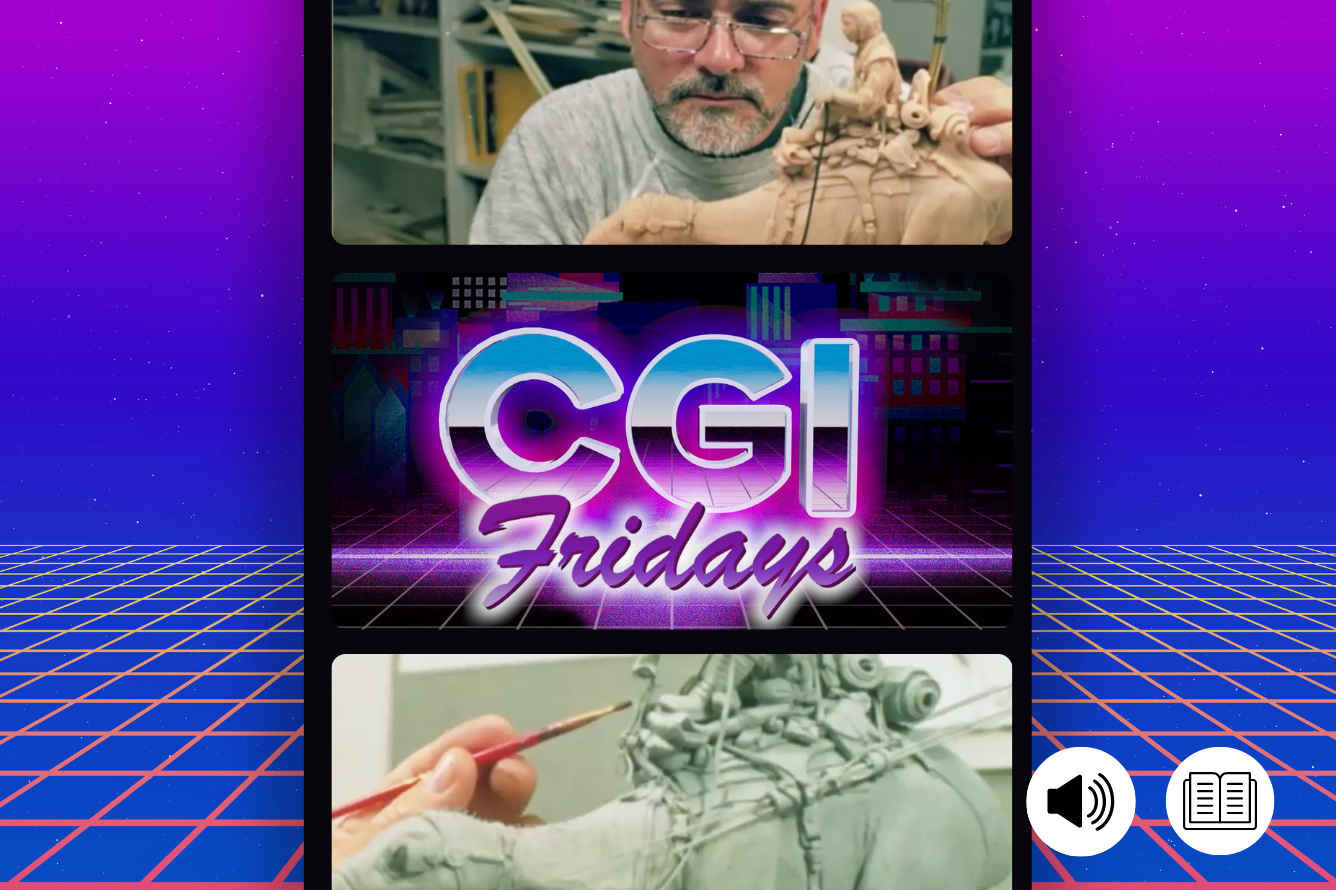
As it happened, LaBounta didn’t get in on that dinosaur action, and his ILM debut is considerably less prestigious.
“There was a small group of like, computer graphics people that weren’t in the union or anything that kind of like, ‘Oh, yeah, we don’t know what they’re up to. That’s never gonna amount to anything.’ It was a pretty small group before these companies ended up being 1,000s and 1,000s of people. I don’t know if it was even 60 people or something like that. Within months, I became a senior technical director. It was weird – my first movie was Baby’s Day Out.
“We had to have a CG city – Chicago – for those shots where the baby’s looking down from the crane. I was the guy that was going to be making that city. And I was like, I just started here. [visual effects supervisor John Knoll]’s like, ‘Yeah, but you’re the 3D expert guy.’ That took me a little while to realize, oh, most of the people I’m working with here are more 2D compositing type people and I’m coming in on my first show as one of the experts on the team.”
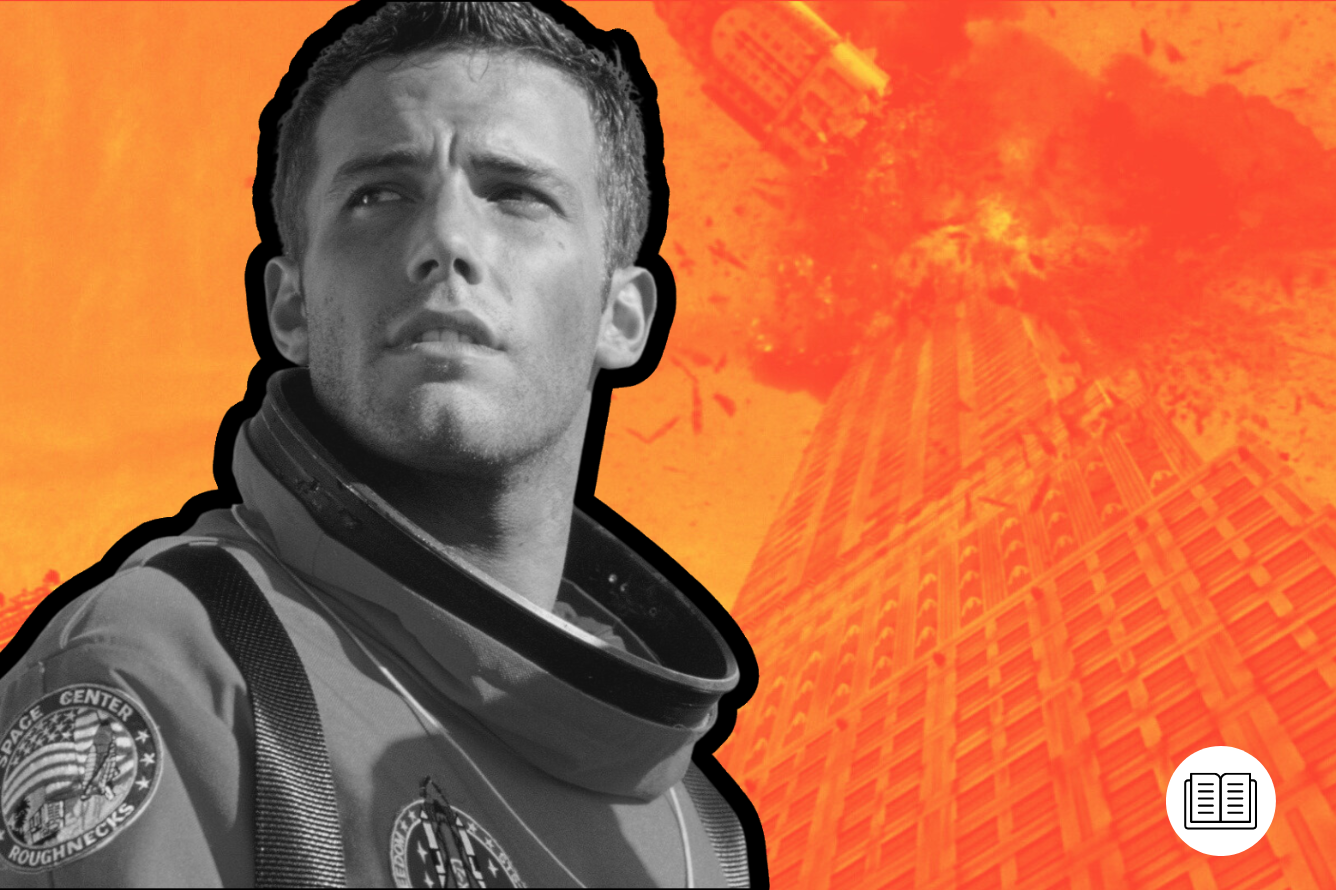
Killing Kirk in Star Trek: Generations
Whilst Baby’s Day Out was baby’s first picture, LaBounta’s next project was – ironically given ILM’s birth amid the sawdust and stop-motion of Star Wars: Episode IV – A New Hope (1977) – Star Trek: Generations (1994). Whilst the passing of the torch from Star Trek: The Original Series to Star Trek: The Next Generation is primarily remembered by fans for the inglorious exit it afforded Kirk (William Shatner), those with an eye for visual effects praise the synergy of motion control and CG starships and the spectacular galaxy-gobbling Nexus energy ribbon unleashed by a cackling Malcolm McDowall

“It’s not too easy to film energy ribbons,” deadpans LaBounta. “So somebody’s got to make it. I had, I think, some concept art and initially, I was told, ‘Hey, we really want you to hand animate this.’ I kind of struggled by hand given all these tendrils, and each one of them needs to move in an interesting way. It’s a lot of animation. So we’re kind of plodding along. I wasn’t supposed to be doing it this procedural way. I was told not to do that. I was like, Okay, forget it. I’m just gonna stay late one night, really late one night and then come in on Saturday. I applied some procedural techniques of running some fractal-type noise through these tendrils to see what that will look like.
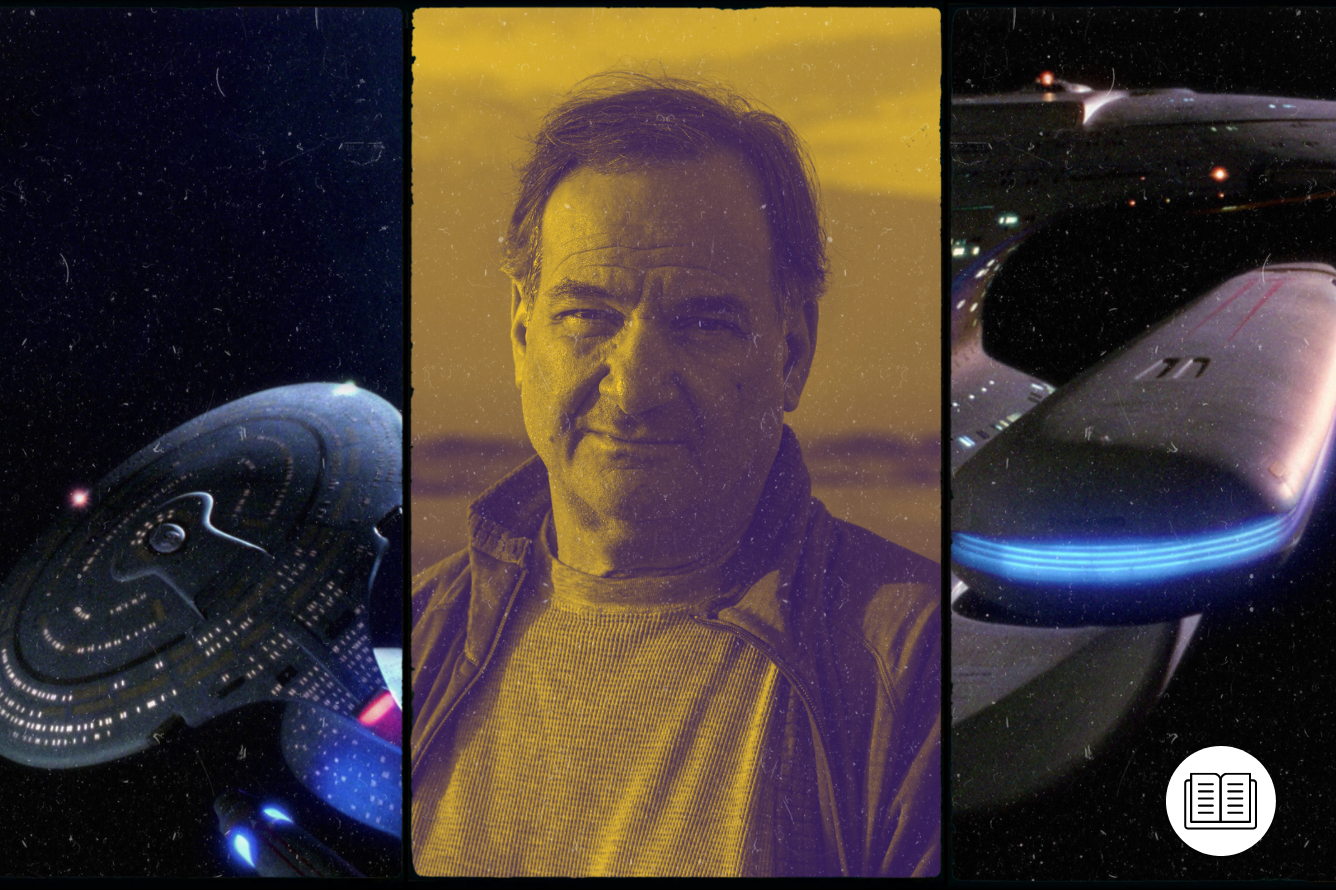
“I showed it in dailies on Monday to John Knoll and he’s like, ‘Whoa, that’s what we’ve been looking for. How did you do that?’ I was like, ‘Oh, I don’t want to tell you….’ So sometimes you got to break the rules a little bit.
“Once I kind of broke through that barrier, I was able to just really run with it. And we’re able to bring all sorts of more sophistication to the animation and still have pretty decent control of this energy ribbon. Which ultimately, yeah…” he pauses, the moment weighing on his conscience. “James T. Kirk was consumed by the energy ribbon. I never thought that I actually killed them, but maybe I did.”
As a self-confessed Star Trek fan – “Star Wars is okay. I know that’s going to be sacrilege to a lot of people listening to this. But Star Trek, that’s, that’s where it’s at.” – there was one perk that takes some of the sting from LaBounta’s role in Kirk’s death.
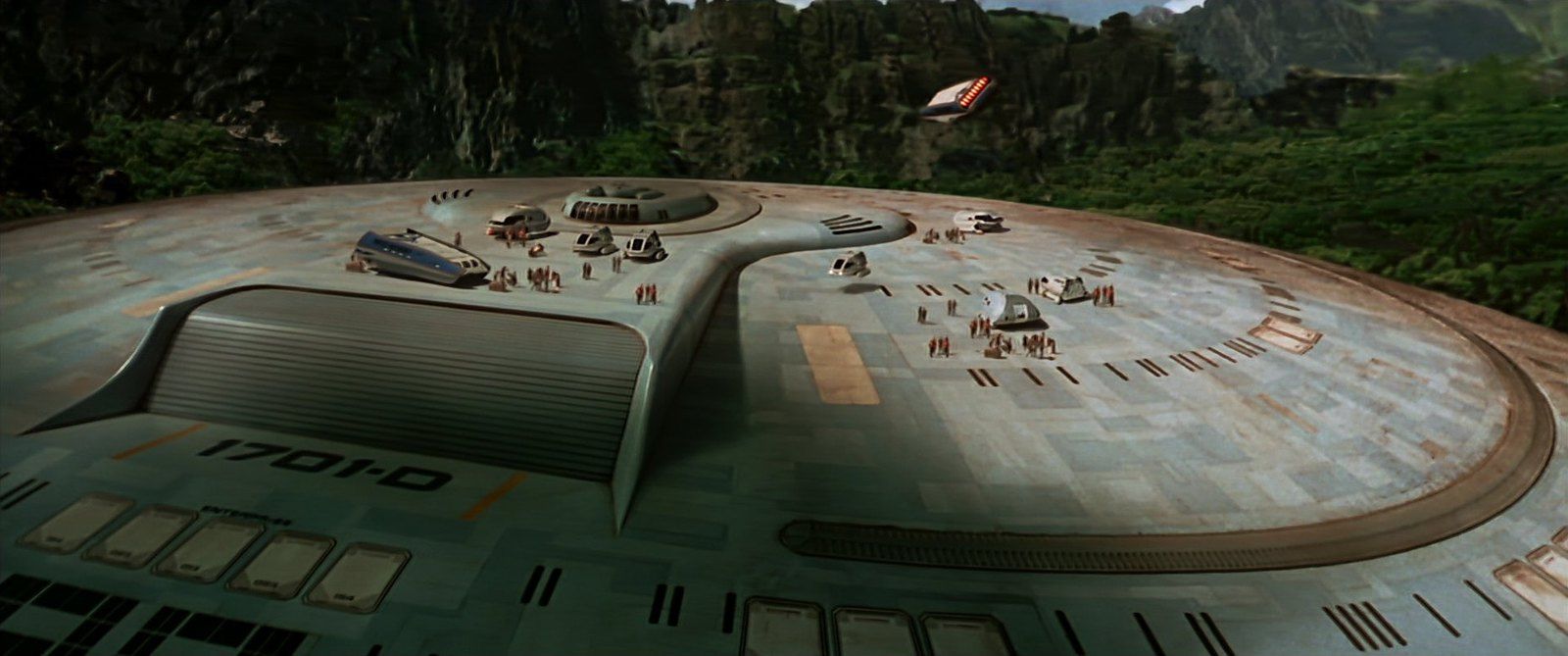
“We had to do a shot with the saucer section crashing into the planet and we wanted to have the crew on the top of the saucer section, all running away from the energy ribbon – like that’s going to help – so what we did is we got a camera, I think it was up on the roof of the building or something like that. Then in the parking lot, we all had the wardrobe from Paramount, the actual wardrobe from the film, and the TV show, you can pick whether you want to be a science officer, a medical officer, or whatever, the different color costumes and put them on. So I gotta wear a real Star Trek costume. My wife did too. So we were both extras that are about an inch high on the film. You won’t recognize us, but we’re on top of that saucer section running away.
“I was living the life. I was just like, I’ve reached nirvana. I can just call it quits now because I’ve been in a Star Trek movie.”
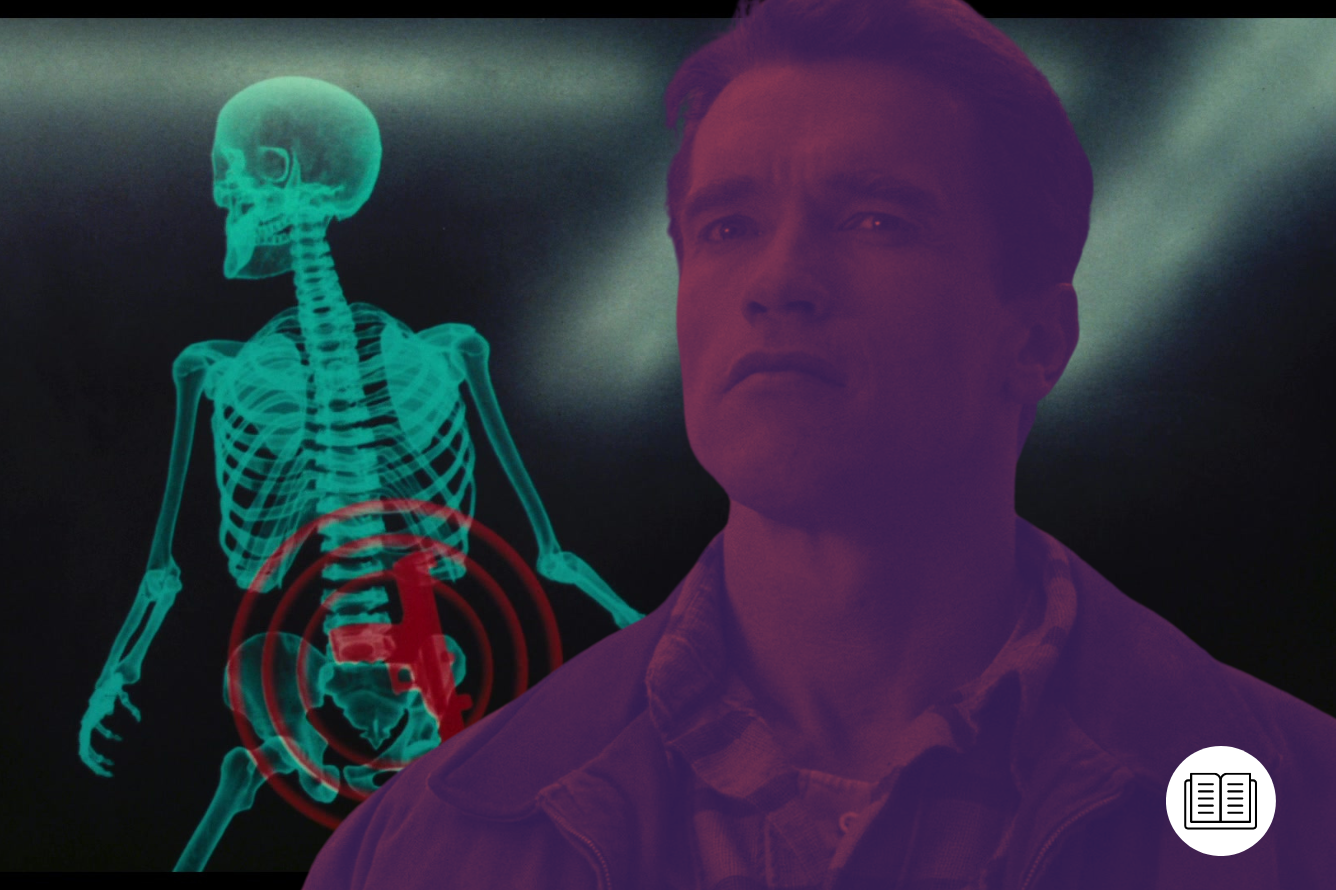
John Woo and Mission Impossible II
Following Star Trek: Generations, Henry LaBounta worked on Caspar (1995) – the first film to have a fully CG lead character – and Twister (1996), which saw the team nominated for an Academy Award. As if more proof were needed that his heart lay with Star Trek rather than Star Wars, LaBounta departed ILM for the newly launched DreamWorks.
“A little bit right before I started talking to them, [ILM are] starting these Star Wars prequels. And we need somebody to go up to the ranch to meet with George [Lucas] about the Star Wars films he wants to do. I was the first person from ILM to go to the ranch and meet George and Rick McCallum, his production designer, and a really, really cool small team. It was really interesting and exciting to see, [but] the chemistry just wasn’t there. So I decided to go to DreamWorks instead.”
At DreamWorks, LaBounta received his first visual effects supervisor credit for Mission: Impossible II (2000), directed by Hong Kong cinema’s master of “gun-fu”, John Woo. Students of Woo’s oeuvre (Wooevre?) will be delighted to hear that LaBounta was faced with a very John Woo problem:
“John Woo really likes having doves in his films. And he wanted some doves to fly through this building that was on fire. And oddly enough, doves don’t like to fly through fire. You know, they’re smarter than that.”
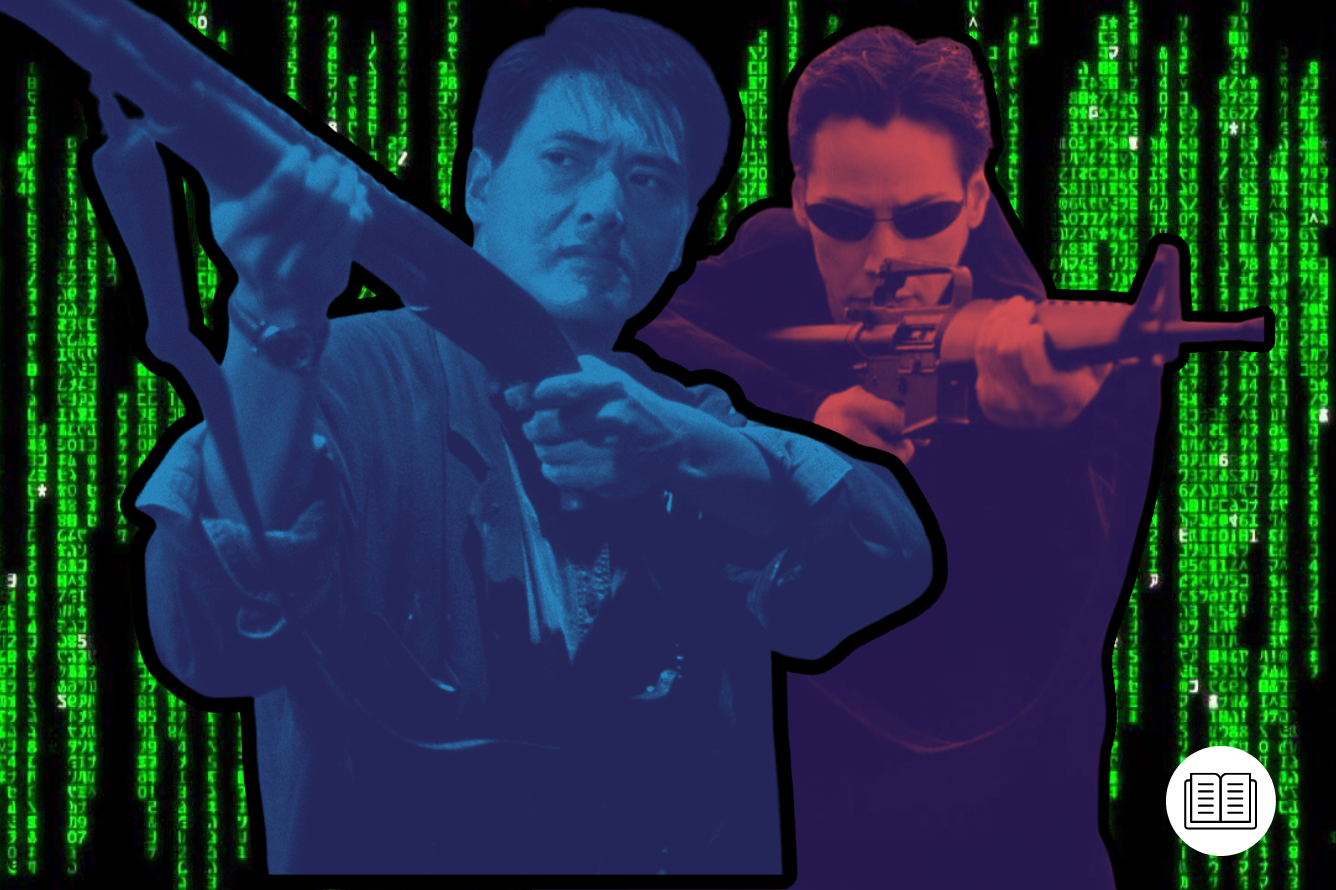
LaBounta and his team dutifully animate the doves to spec before heading down to LA to share the shot with the director.
“He doesn’t say anything, he just kind of nods to say hello. We [show him the footage] and he kind of signals to play it again. Play it again. Play it again. He’s just signaling. Oh crap – He really doesn’t like it. Maybe he’s watched this five or six times. He’s just looking for the words to tell me how bad it is. And then he takes me aside and just stares at me. It’s at least 30 seconds and there’s nothing and he’s just staring at me. I’m like, ‘What’s going on here?’
“And he says two words. He just stares at me right in my eyes, he says: ‘More spiritual.’ And then leaves the room.”
Animating Androids in A.I.: Artificial Intelligence
If John Woo’s reputation was intimidating, that was nothing compared to names involved in LaBounta’s next projects as visual effects supervisor: two Steven Spielberg science fiction adaptations in quick succession: A.I.: Artificial Intelligence (2001) and Minority Report (2002), based on short stories by Brian Aldiss and Philip K. Dick respectively.
“One of my dreams all along has been to work with Steven Spielberg. The first date I ever went out on with my girlfriend was to see Jaws. I remember trying to be really cool. And then the shark attacks…” Henry LaBounta
ILM was working on A.I.: Artificial Intelligence, but with extra work to be done it made sense to use DreamWorks’ in-house team. The venerable Pacific Data Images was acquired by the studio in 2000 and renamed PDI/DreamWorks, before becoming DreamWorks Animation in 2002 and leaving live-action VFX entirely. However, in this brief window, Spielberg had science fiction blockbusters to be made.
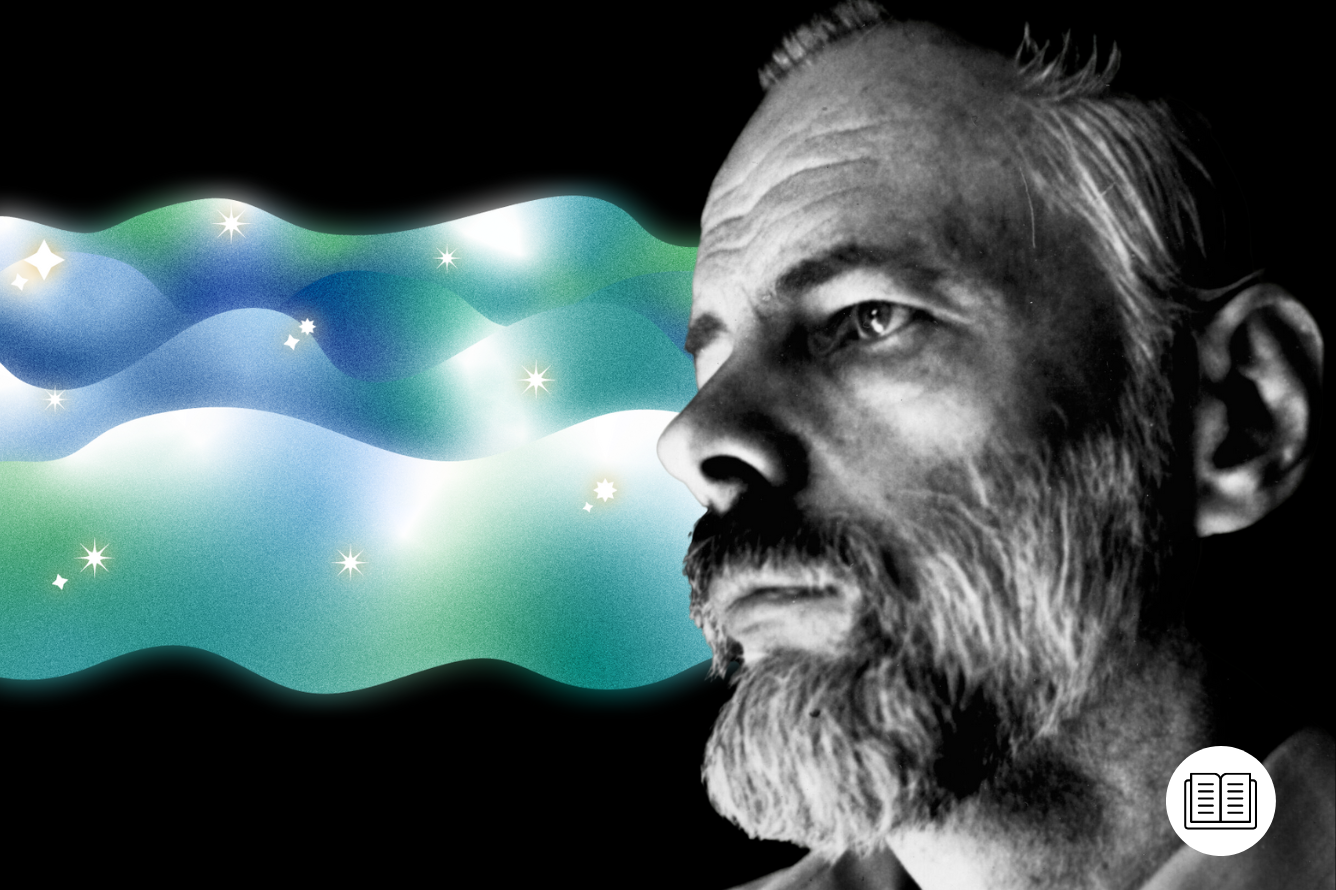
In the case of A.I.: Artificial Intelligence, many of his contributions to the movie are really the things you don’t see on screen. “Some of the stuff we did as invisible effects like Hailey Joe Osmond, you could see his breath but he’s supposed to be a robotic kind of being, not a human being, so we had to get rid of the breath.”
Another important job that by definition was supposed to go unseen, was rig removal on Teddy, David’s animal companion.
“So there might be a puppeteer that’s moving the arms with some thin rods. When you see it in the film, you don’t see those rods, it’s because people on my crew tediously went through and removed them frame by frame. There was also a mechanical version of the teddy bear that must have weighed 100 pounds. It is just not that big of a bear. It looks all cute and cuddly. But all this armature inside… this thing was so heavy, this really brilliant guy from MIT, who had come up with a way to program it and animate it.
“We also did some Gigolo Joe transformations where he’s combing his hair which changes into a different style so it can appeal to somebody else, depending on what they were looking for. Jude Law was very cool to work with on that.”
Minority Report’s Mechanical Spiders
Immediately after work finished on A.I.: Artificial Intelligence, LaBounta rejoined Speilberg for Minority Report. For the veteran VFX supervisor, one scene sticks in his mind – although not necessarily for what appeared on screen.
“Probably the most memorable thing we did were those Spyders that are going down that tenement hallway, they kind of get underneath the door, and they come into the bathroom where Tom Cruise is in this bathtub that’s filled with ice because he’s trying to hide from them. Stephen likes to film like real rooms, not rooms that have fake walls that move away, to kind of really get the feeling of shooting in a real room.
“There’s a small bathroom and in that bathroom is Tom Cruise, Steven Spielberg, Janusz Kaminski, his director of photography, and me. Take a picture of this, like which person does not belong here?”
Self-deprecation aside, Henry LaBounta absolutely belonged in that bathroom, and it’s easy to see why. Tasked by Spielberg with showing the inner workings of a Spyder, he was given the brief “It’s not mechanical, it’s more high tech than that.”
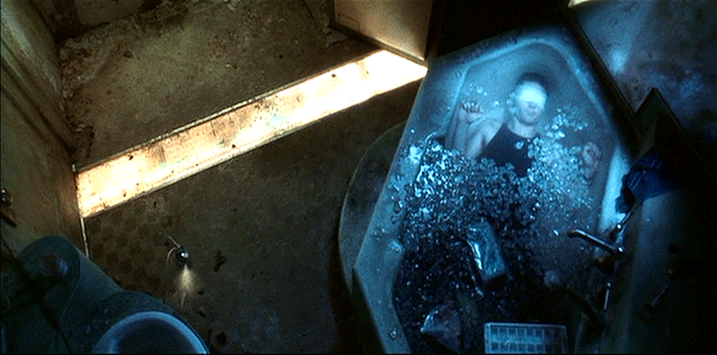
LaBounta recalls: “I had been at the Monterey Bay Aquarium with our girls and saw the deep sea jellyfish there. Their tentacles have these bioluminescent little lights that kind of run through their tentacles and that just looks so cool. So I got back to the studio and talked to the artists and I said, ‘We’re gonna do some radiating jellyfish bioluminescent lights on the bottom of this spider, and try that.’ He didn’t specifically ask for that, but I thought, I think he’s gonna like it – I’m gonna give it a go. And he did. He thought it was great. So you never know where inspiration is going to come from. Just keep your eyes open.
“That’s why I loved working with Spielberg,” he continues, “because he has a specific idea in mind of what he wants and he’s great at communicating that, [but] he’s also very open to ideas. Like even in that bathroom sequence, right? I suggested we shoot it slightly differently because I had an idea of how the Spyder anatomy [worked] and what the camera move would do. And he turned to Janusz he’s like, ‘Let’s do it that way. Let’s do like Henry said.’ And I was like, wow, he’s gonna use my shot.’
“As a director, you can’t know the right thing to do and every single little detail of every little thing – you got to get some good people and trust them.”
Minority Report hit cinemas in June 2002, by which time DreamWorks’ focus was shifting. The success of Shrek saw PDI/DreamWorks become DreamWorks Animation, which was spun off into its own company in 2004. With live-action visual effects no longer on the agenda, LaBounta’s career took another left turn as dramatic as the one that led him to ILM in the wake of Terminator 2: Judgment Day and involves another detour through the complicated corporate history of DreamWorks.
In 1994, DreamWorks Interactive was formed as a joint venture with Microsoft. Not a particularly remarkable developer in the annals of video games history (the 1999 Jurassic Park game Trespasser infamously used a heart tattoo on the player character’s boob as a health bar, a mechanic as awkward as it is gratuitous), it nonetheless attracted the attention of Electronic Arts who distributed DreamWorks Animation’s sole real hit: Medal of Honor.
Electronic Arts acquired DreamWorks Interactive in 2000 as EA Los Angeles, setting them to work on sequels to Medal of Honor and Command & Conquer, and DWI co-founder Glenn Entis set up a meeting for LaBounta, taking him away from science fiction as senior art director and then chief visual officer for EA Sports.
Now Studio Art Director at EA Ghost, Henry LaBounta is continuing to innovate in a whole new industry.
This article was originally published on July 22nd, 2022, on the original Companion website.
The cost of your membership has allowed us to mentor new writers and allowed us to reflect the diversity of voices within fandom. None of this is possible without you. Thank you. 🙂


